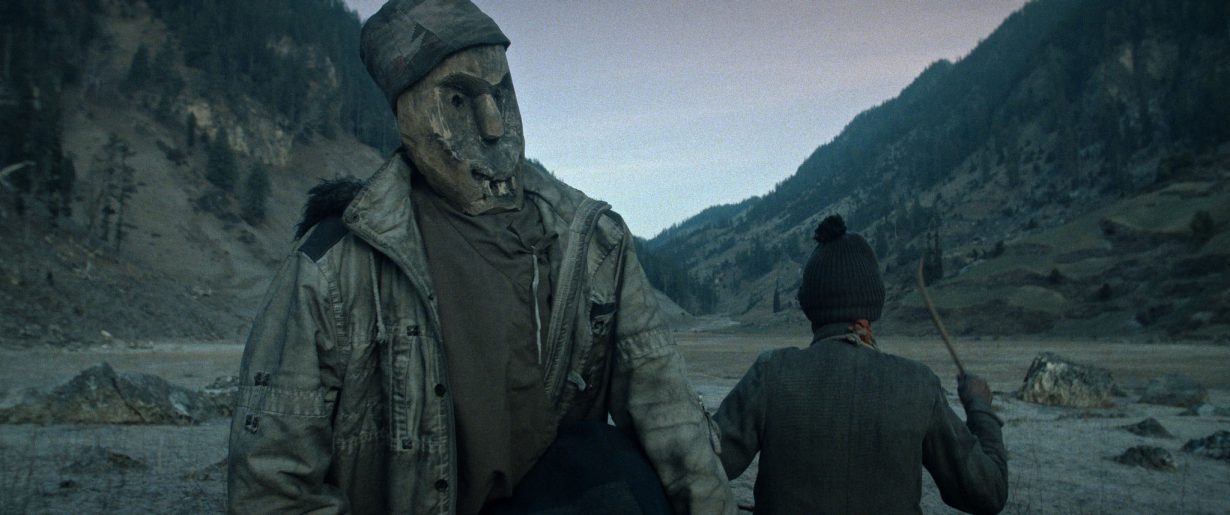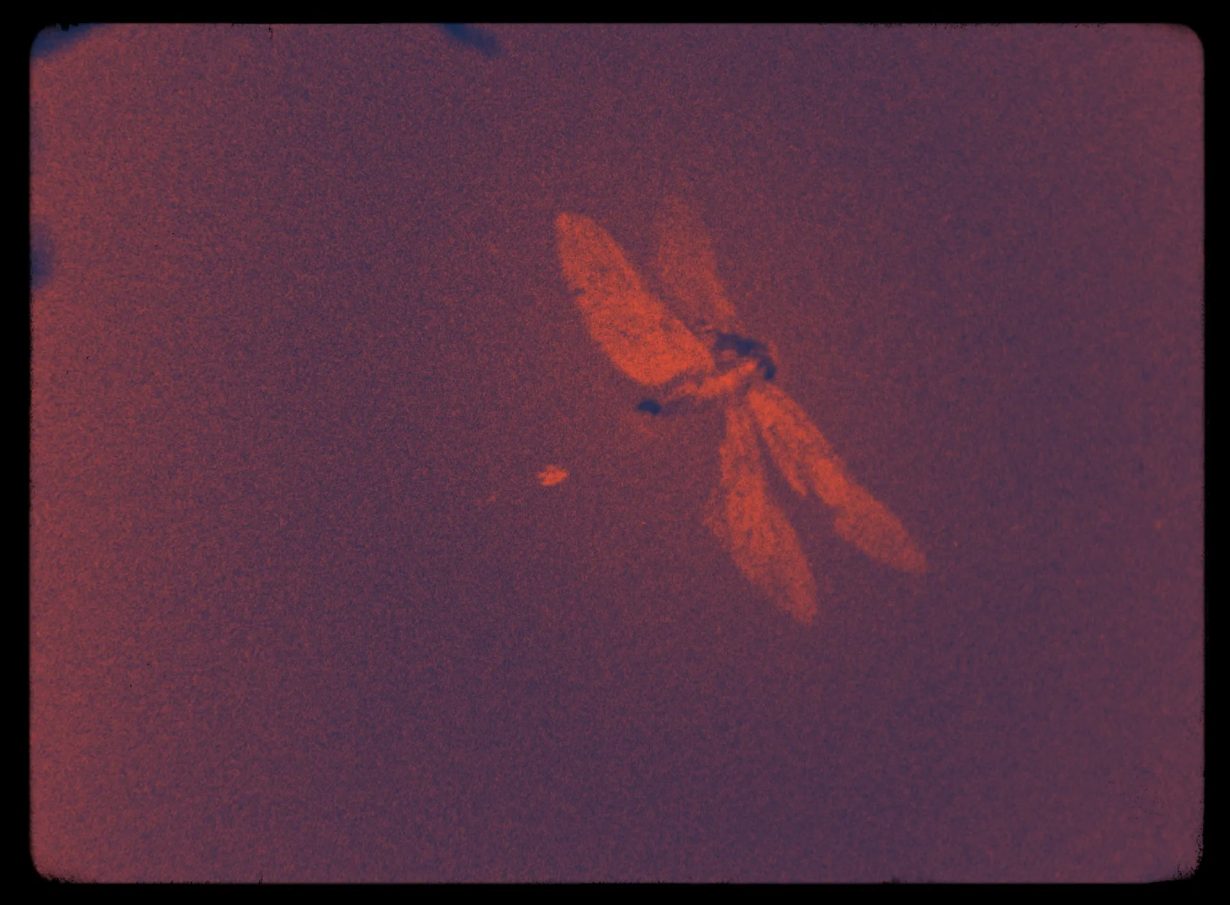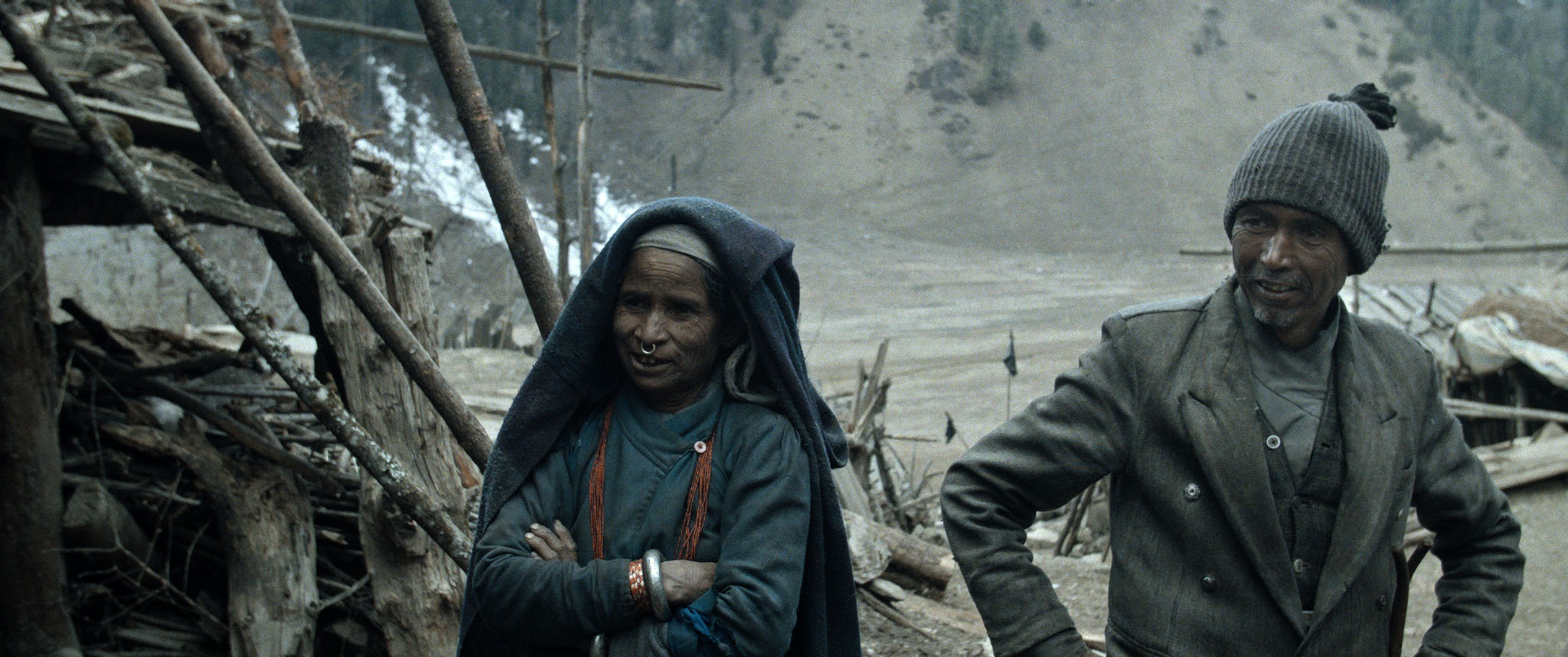Selected by Sohrab Hura
In a world where everything, including culture, is increasingly streamlined, funnelled into and defined by specific positions that often contain rather than help unpack, the Kathmandu-based Nepalese filmmakers Pooja Gurung and Bibhusan Basnet are still trying to find magic – both in the sense of the indefinable and the unquantifiable, and in terms of storytelling.
I recently rewatched The Big Headed Boy, Shamans and Samurais (2020), which is about the filmmakers’ journey to Western Nepal (an area that’s extremely isolated from the rest of Nepal). However, many stories leak out of the supposedly main premise. Gurung and Basnet go in search for a ‘perfect’ boy to play the main character of their next film. They come across a village that they refer to as ‘Kurosawa’s village’, a nod to the late filmmaker, but the film itself is quite free from being tethered down to film history. A film about a film, it leaves traces of the filmmakers’ awareness of the possible lopsided power of the camera. Many children audition, including a group of girls who don’t want to be left out of the curious on-goings. They finally meet a boy called Ghantuake (Big-Headed) who claims to have eyes at the back of his head. After a display of guessing the numbers right without looking at the gesticulations of hands behind him, they are finally convinced that their search has come to an end. Until, that is, a shaman arrives and claims the boy is fundamental to a prophecy that must be fulfilled: the boy is the key to saving the village and so he must not leave. A bargain is struck: if the boy passes the shaman’s test, then he stays in the village. He passes, and the filmmakers have to continue their search. Gurung and Basnet have a habit of leaving many questions unanswered, asking audiences to pull out their own meaning and viewers to make the film their own that way.

Another of their films, Dadyaa: The Woodpeckers of Rotha (2016), is filmed in a village in Western Nepal called Jumla. The village is known for producing wooden masks and effigies as a way of preserving the memory of whoever has left the place; only an elderly couple remains, surrounded by masks that are left scattered around Jumla. There are lots of similar ‘ghost villages’ in this region that have seen entire populations migrate elsewhere to find jobs. At the end of Dadyaa, it’s almost as if the masks come alive and reinhabit the village, creating a looping, nonlinear narrative.
Several of their films have been made in that region, and while Gurung and Basnet’s narratives draw from local folklore, they also touch on the political – which is to say that there’s always, in the background, a sense of the larger world we and their subjects exist in. At times it’s implied, as in The Big Headed Boy…, during which several village kids accuse the filmmakers of a ‘bourgeois’ practice, or made more explicit in Dadyaa, by the impacts of economic migration on rural communities.
I feel lucky to see a generation of artists and filmmakers like Pooja and Bibhusan, as well as others like Maryam Tafakory, Payal Kapadia, Subash Thebe Limbu, Rajee Samarasinghe, Suneil Sanzgiri, working with integrity not only towards their practice but towards the way they exist in the world. In each of Gurung and Basnet’s films, there are many different stories intertwining and moving together. And then if you zoom out, each of their films also come together as though they are a connected series. It’s almost like watching several bodies of water; at some point, there’s a confluence of many narratives where these currents embrace each other and turn the whole of Gurung and Basnet’s practice into something else. For me, watching their films has always felt like being in the shallows of the confluence of a river and a sea and feeling the different currents swirling around my feet, a tug beckoning to me in one direction and then another. I think they have developed a special kind of storytelling that allows for leakages in narrative and subject matter. The script can’t be contained.

Pooja Gurung and Bibhusan Basnet are artists with a joint practice in film and visual art, based in Kathmandu. Their most recent short film, The Big Headed Boy, Shamans & Samurais (2020), was nominated by Guanajuato International Film Festival for Best Documentary Short Film in 2021.
Sohrab Hura is a photographer and artist based in New Delhi
